|
Ever wonder why the calories and macros don't match up on My Fitness Pal when counting calories & tracking macros?
Or are you just not feeling confident with the accuracy of your nutrition tracking & want to improve your strategy? This is your guide to understanding tracking discrepancies, errors, and improving your accuracy to ensure you get better results with less guesswork and less stress.
Tell me if this sounds familiar….
You start tracking calories and macros on My Fitness Pal. You are watching the macros to ensure you are hitting protein and balancing out carbs and fats. Then you come across so many different options with so much variance in the stated calories and macros (which do I choose dang namit!) You push through, however, and track to the best of your ability even though you are not confident you chose the right item when logging. Then at the end of the day you realise… Hold up! “Why does it still say I have calories left over?!” OR “Why am I out of calories already if I haven't hit my macros?!” Has either of these scenarios happened to you? Because it has to me and many of my clients. However, once you understand WHY... things go back to being easy breezy again. And that is what today’s topic is on: discussing the discrepancies between food items and the discrepancies between the supposed calorie and macro intake for the day. I hope this helps improve the accuracy of your tracking which will equal better, more streamlined results and data to assess progress on.
The Calorie-Macro Relationship
First, we need to go back to the basics (click here to go read my in-depth blog on this). We need to lay down the foundation of calorie densities for each macro (see below table).
With this information you can do every calculation needed to boost your accuracy in tracking on My Fitness Pal. Let’s use an example:
Random food: 30g protein, 35g carbs, and 15g fats (30g x 4) + (35g x 4) + (15g x 9) = 395 calories for this meal/food. That’s some simple maths to show you exactly how macros and calories are intrinsically connected. Later on we'll go through how to use this basic #quickmath to help decide which food item is more accurate and therefore should be selected.
WANT A FREE NUTRITION CHEATSHEET TO HELP YOU MAKE MORE MACRO FRIENDLY MEAL PREP?
Improving Your Accuracy
When it comes to apps such as My Fitness Pal, it is important to remember that a lot of the accuracy is dictated by the users and there isn’t a overly rigid review process for specific items (and even if there were, things would slip through the cracks). Due to this reality we need to implement extra measures to improve our accuracy OURSELVES and ensure we are being as effective with the use of the app as we can be - our [weight loss/muscle building/performance] goals depend on it. So without further ado...here are some best practices that I have compiled over the years that I use for myself and my 1:1 nutrition coaching clients.
So those are the main ways I help my clients get more accurate with their tracking so that they can gain more confidence in their ability to hit their calories and macros. However, it is important to note that this level of accuracy isn’t always necessarily needed. If you are tracking consistently and still getting results (and no food items appear TOO off mark), then you may be ok to continue as you have been. Nonetheless, auditing yourself and reducing margin of error is always a good thing to do especially when assessing a need to cut calories (you want to have the most data available to make your decision and this data needs to be correct).
Using Math to Choose
Now it’s time to get down to the nitty gritty with this stuff. Even with the above best practices, some of them lend themselves to inaccuracies and therefore checking the math can be the ‘final coat’ of screening to ensure you are getting as much accuracy as possible with your calorie and macro tracking. In other words - it’s always best to ‘double check yo log’! Ok let’s use some literal examples taken directly from the app itself. I will use yoghurt as the food to illustrate the process of using some simple calorie math to double check and inform your decision.
As you can see the first option has the green tick but it also specifies the supermarket it is from (hence why it is likely verified). The second one is a ‘homemade’ yoghurt which would obviously also pose issues in terms of the accuracy of the log. The third option specifies the brand but is 24 calories less than the supermarket brand one so worth assessing.
Note: that there is no specification on the type of greek yoghurt it is so obviously if one of them is a low fat version it will be drastically different to full fat versions. However, the purpose of this exercise is to assess the reliability of an option (as the math should still work out). Let’s get out our trusty calculators and do some math yo! Option 1: (4.1g protein x 4) + (5.3g carbs x 4) + (9.2g x 9) = 120 calories per 100g This is spot. Frickin. On. It is very likely that you can trust this log if you are using the sainsbury branded greek yoghurt but you would still want to do the same math for other brands such as ‘Coles’, ‘Woolworths’, or non supermarket brands to determine if the math makes sense. Option 2: (10g protein x 4) + (4.1g carbs x 4) + (2.1g fats x 9) = 75 calories per 100g This macros for this one suggests the actual calorie content is 10 calories less than what is specified on the app. Small difference but still note it as a discrepancy if there are better, more specified (and likely more accurate) options available. Option 3: (9g protein x 4) + (3.8g carbs x 4) + (5g fats x 9) = 96 calories per 100g Spot on. The specified macros add up to the specified calories on the app. And again it appears to be due to being a branded option. The lesson here is that if you can use the scanner or search for a specific brand (including the type of product - such as low fat etc), is the best way to maximise the accuracy of your tracking. When a brand isn’t applicable or practical, then just do the math and consider the best practices stipulated earlier, to make an informed decision.
End of Day Discrepancies
One of the most common concerns with app tracking and the whole flexible nutrition approach is that at the end of the day the calories and macros you consumed just don’t seem to match up. This isn’t usually an issue if you are just tracking calories and focusing on one another macro (such as protein which is a common one). However, if you are an athlete or simply more involved with tracking every macro, then you would know the struggle. The frustration and confusion that occurs when this discrepancy comes to light. _____________________________________________________ Here’s what this may look like: Target calories: 2000 calories The Calories MFP says you consumed (based on the consumed macros noted in the app): 2120 calories Yet the app says you have 60 calories remaining for the day. “What th…!” _____________________________________________________ So why does it occur? There are many reasons why this may occur but i’m going to keep it short and sweet via bullet point (because who doesn’t love a good bullet point list?).
Hope that gives you insight into why these end of day discrepancies occur so that you can troubleshoot your approach or ease your mind.
When Do Discrepancies Matter?
So now you are not only informed about the discrepancies that are present with using My Fitness Pal but are also equipped with tools and strategies to overcome this. But the question still remains: “Do discrepancies even matter much?” Well we can all agree that the more accurate you are, the better off you are. There’s no debate there of course. You should want to be as accurate as possible as discrepancies and errors can add up across the day and especially the week - this can mean the difference between being in a calorie deficit/surplus/maintenance or NOT! So use the guide above to maximise your tracking accuracy and hit your targets properly. But….nutrition is more than a bunch of numbers. What are your specific goals? When do you want to achieve them? Are you an athlete or weekend warrior? If you are competing in sports (especially aesthetic sports), then accuracy may be the difference between winning and losing. If you are just wanting to become fitter, stronger, and lose some body fat along the way then you may be able to ignore minor discrepancies and still be on track. As with many things “nutrition”, it “depends”. Take a step back and assess your situation and what you want out of this whole flexible nutrition approach and you’ll have more clarity of vision and be more relaxed about your diet.
REMINDER
WANT A FREE NUTRITION CHEATSHEET TO HELP YOU MAKE MORE MACRO FRIENDLY MEAL PREP?
I hope this guide has been useful and helps you elevate your nutrition game and start getting better, more streamlined results.
If you have questions please email me at: [email protected] Please share this blog on your socials so that others can improve their food tracking skills and get results. Leave a comment below telling me your biggest take home message from this guide! P.S. if you want to achieve more with your health and fitness in 2020 and elevate your nutrition using a flexible nutrition approach without compromising on performance, then we need to chat. Even during the current pandemic, I can help you not only become healthier and more confident, but can also help you go the distance and thrive - reaching your performance goals. I’m currently accepting applications for my 1:1 coaching experience where you can work with me personally as I mentor and guide you towards your best results yet! The goal is the summit, you are the climber, I am the Sherpa. The journey is the mountain climb. Let me help you. Let’s do this! If you want more information on this send me an email and say “COACHING 2022”. Talk soon.
ALEKSA GAGIC
Brisbane Sports Dietitian & Nutrition Coach
1 Comment
Leave a Reply. |
AuthorHi there! My name's Aleksa Gagic - i'm a Brisbane Sports Dietitian & Brisbane Sports Nutritionist. I have 7+ years experience in providing professional nutrition consulting and want to help you learn about the power of flexible nutrition. Archives
July 2024
Categories |

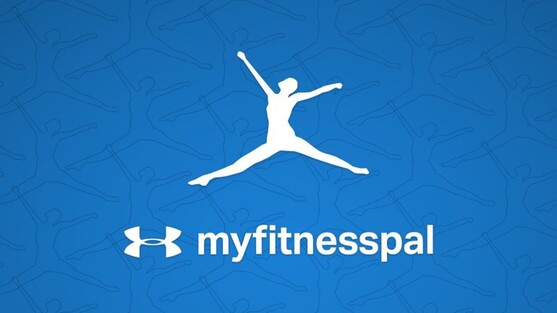

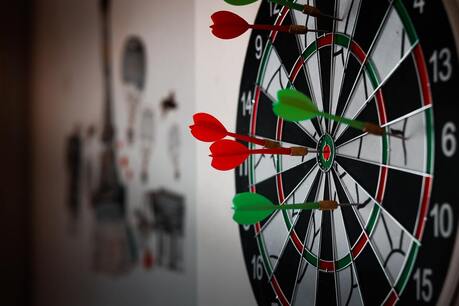
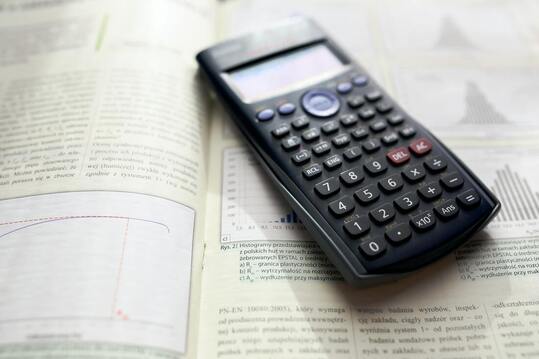
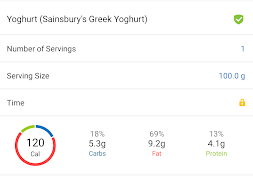


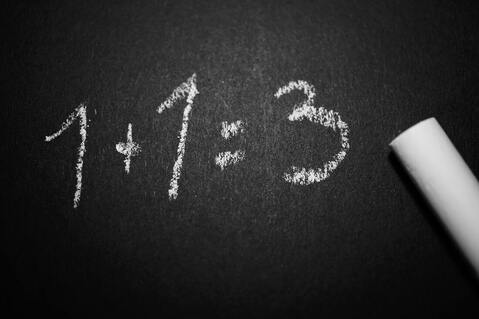

 RSS Feed
RSS Feed

